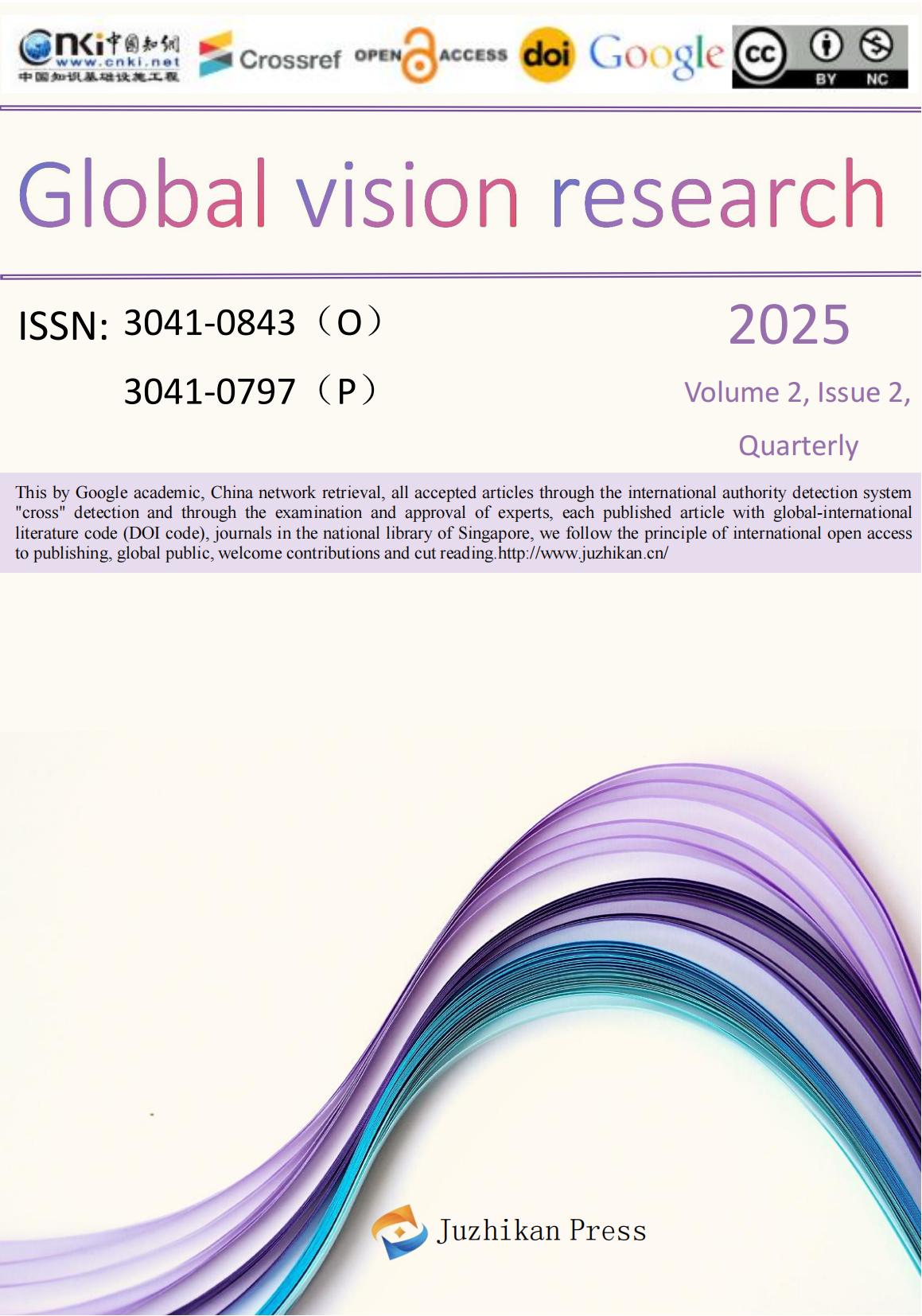
 info@juzhikan.asia
info@juzhikan.asia
 info@juzhikan.asia
info@juzhikan.asia
The historical evolution, existing problems and development prospect of physical education curriculum in primary and secondary schools in China
Ying zonghao Hong ChenZhuang
School of Physical Education and Health Science, Zhejiang Normal University, Jinhua, Zhejiang Province,321004;
Abstract:Since the founding of New China, the physical education curriculum in primary and secondary schools has gone through four historical stages: the initial construction and exploration period (1949-1966), the stagnation period during the Cultural Revolution (1967-1976), the recovery and development period following the reform and opening up (1977-1999), and the rapid development period in the new century (2000 to present). The curriculum goals have shifted from the political orientation of 'national defense labor' to the quality-oriented education principle of 'health first.' The content has evolved from imitating the Soviet model to localized innovation. The evaluation system has transitioned from a single skill test to a multi-dimensional assessment of core competencies.Currently, two major issues remain: the evaluation system for physical education in the high school entrance examination is one-sided, neglecting mental health and process evaluation; the implementation of curriculum standards at the grassroots level is inadequate, and teachers' independent innovation capabilities are weak. Future development should focus on four key areas: leveraging the role of physical education in promoting mental health, exploring models for physical education homework, promoting interdisciplinary thematic learning, balancing localization with an international perspective, and building a Chinese-characteristic physical education curriculum system.
keyword:Elementary school physical education process; evaluation system; mental health
Reference
[1]Ji Yongguang, Yu Xifang. 2020. The Historical Evolution of Physical Education Curriculum Goals in Primary and Secondary Schools in China Since the Founding of the People's Republic of China [J]. Journal of Hebei Sport University, 34(04):76-83.
[2]Liu Haiming, 2011. School Physical Education Tutorial [M]. Beijing: Beijing Sport University Press.
[3]Ma Beibei, 2015. A historical study on the reform of physical education curriculum in primary and secondary schools in New China [D]. Chongqing: Southwest University, 23-30
[4]Wang Huazhuo, 2005. On the Development and Evolution of Physical Education Curriculum in China's Modern and Contemporary Primary and Secondary Schools and Its Historical Experience [J]. Journal of Beijing Sport University: 937-941.
[5]Pan Shaowei, 2019(10). A Review and Prospect of the Reform and Development of Physical Education (and Health) Curriculum in China's Basic Education over the Past 70 Years [J]. Chinese School Physical Education: 10-13.
[6]Cui Yaomin, 2019.70 Years of Turbulent Times: The Transformation of Physical Education Courses in Primary and Secondary Schools Since the Founding of New China —— Analysis Based on 24 Documents on Physical Education Courses in Primary and Secondary Schools [C]// Chinese Society of Sports Science. Abstracts of Papers from the 11th National Conference on Sports Science: 6211-6212.
[7]Song Nami, Cheng Ran, Li Qiang et al., 2018. Problems and Solutions of Learning in Physical Education Classes under the Perspective of Large Physical Education Courses [J]. Journal of Capital University of Physical Education, 30(04):336-340.
[8]Liu Xin, 2019 (11). The Evolution and Prospect of Basic Education Physical Education Curriculum Reform in the 70 Years of New China [J]. Journal of Beijing Sport University: 43-56
[9]Wang Dengfeng, 2020 (09). Future PE classes will leave 2 hours of homework, 1 hour on campus and 1 hour off campus [EB/OL].[2021-05-10]https://www.163.com/sports/article/FNATOPSJ0005 ⁃8780.html
[10]Yu Sumei and Chen Wei, 2022. Multi-dimensional Characteristics, Design Logic, and Practical Guidance of Interdisciplinary Thematic Learning in Physical Education and Health Courses [J]. Journal of Physical Education, 29(06):10-16.